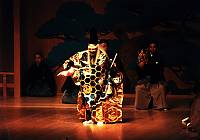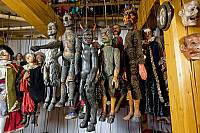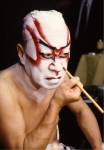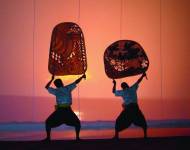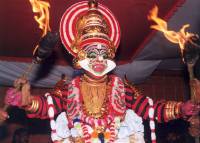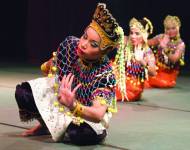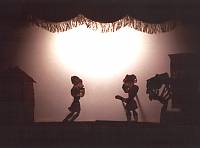
,Nôgaku theatre Nôgaku theatre had its heyday in the fourteenth and fifteenth centuries, but actually originated in the eighth century when the Sangaku was transmitted from China to Japan. At the time, the term Sangaku referred to various types of performance featuring acrobats, song and dance as well as comic sketches. Its subsequent adaption to... Japan
Puppetry in Slovakia and Czechia
Inscribed,Puppetry in Slovakia and Czechia Puppet theatre for communities in Slovakia and Czechia is not only a popular form of traditional entertainment but also a way of conveying a vision of the world, and an educational tool with messages on moral values. The puppets, whose characters are real or imaginary, are mostly made of wood and animated... Slovakia
, Czechia
Opera dei Pupi, Sicilian puppet theatre
,Opera dei Pupi, Sicilian puppet theatre The puppet theatre known as the Opera dei Pupi emerged in Sicily at the beginning of the nineteenth century and enjoyed great success among the island’s working classes. The puppeteers told stories based on medieval chivalric literature and other sources, such as Italian poems of the Renaissance, the lives... Italy
,Kabuki theatre Kabuki is a Japanese traditional theatre form, which originated in the Edo period at the beginning of the seventeenth century and was particularly popular among townspeople. Originally, both men and women acted in Kabuki plays, but eventually only male actors performed the plays: a tradition that has remained to the present day. Mal... Japan
Ningyo Johruri Bunraku puppet theatre
,Ningyo Johruri Bunraku puppet theatre Ranking with Nô and Kabuki as one of Japan’s foremost stage arts, the Ningyo Johruri Bunraku puppet theatre is a blend of sung narrative, instrumental accompaniment and puppet drama. This theatrical form emerged during the early Edo period (ca. 1600) when puppetry was coupled with Johruri, a popular fifteen... Japan
Sbek Thom, Khmer shadow theatre
,Sbek Thom, Khmer shadow theatre The Sbek Thom is a Khmer shadow theatre featuring twometre high, non-articulated puppets made of leather openwork. Dating from before the Angkorian period, the Sbek Thom, along with the Royal Ballet and mask theatre, is considered sacred. Dedicated to the divinities, performances could only take place on specific oc... Cambodia
Kwagh-Hir theatrical performance
essons through the dramatization and performance of past and current social realities. As a form of total theatre, Kwagh-hir incorporates puppetry, masquerading, poetry, music, dance and animated narratives in articulating the reality of the Tiv people. People’s daily struggles, aspirations, successes and failures are all given expression through... Nigeria
,Kutiyattam, Sanskrit theatre Kutiyattam, Sanskrit theatre, which is practised in the province of Kerala, is one of India’s oldest living theatrical traditions. Originating more than 2,000 years ago, Kutiyattam represents a synthesis of Sanskrit classicism and reflects the local traditions of Kerala. In its stylized and codified theatrical langua... India
,Mak Yong theatre This ancient theatre form created by Malaysia’s Malay communities combines acting, vocal and instrumental music, gestures and elaborate costumes. Specific to the villages of Kelantan in northwest Malaysia, where the tradition originated, Mak Yong is performed mainly as entertainment or for ritual purposes related to healing prac... Malaysia
,Karagöz Karagöz is a form of shadow theatre in Turkey in which figures known as ''tasvirs'' made of camel or ox hide in the shape of people or things are held on rods in front of a light source to cast their shadows onto a cotton screen. A play begins with the projection of an introductory figure to set the scene and suggest... Türkiye
